Yosemite National Park tour – an extranomical day to remember
18,000 square km make it the 4th largest park in the US and also the 4th created National Park in the world. Carved by the Merced river, the Yosemite Valley is about 13 km long and 1,5 km deep.
History of Yosemite
Ahwahneechee Native Americans lived isolated in the Yosemite area until 1830’s with almost zero contact with other people. Only new sickness in their tribe made them emigrate to Sierra Nevada and live with other Indians but after initial problems a small group of them returned to their land in Yosemite.
”Indians only took what they needed and left the rest to the land they lived in.” Marc, our knowledgeable guide stated.
The life of the Ahwahneechee was diametrically different from the life of the others. The land didn’t belong to them, they belonged to the land which meant a lot more than no land taxes.
In winter times the Indians had to go down the river to get more food. It was there where once the Gold Rush started in 1849, they encountered with the miners using dynamite in mines. This was against the Indians’ deep respect of the environment. It made them angry and wanting to protect the land a few little Indian rebellions began.
In 1852 Indians attacked Jim Savage mining settlement. Savage, a rich man whose shops provided things for the miners, lead 60 men against the Indians, burned their village and managed to move them out of the Yosemite into the reservation near Fresno, California. The so called Mariposa battle was the moment when the Yosemite was finally discovered by others, the pale faces.
The following era of naturalist expeditions discovered the beauty of Yosemite. John Muir, a poet and writer born in Scotland and living in Wisconsin, walked from San Francisco to Yosemite for his first visit and he was struck by its charm.
In 1864 John Muir made President Lincoln and the Congress sign the Yosemite Grant as the protected valley making it the 1st time in American history that nature was protected legislatively.
Unfortunately, the Government of California was more focused on the Gold Rush and development than protecting the nature and the activities that were supposed to be prohibited in Yosemite could be still seen all around.
After Hetch Hetchy Valley in the North was changed into a reservoir, John Muir, the biggest conservationist of the time and the so called father of environmentalism succeeded to establish Yosemite as National Park to prevent turning it into a dam too. Finally, Woodrow Wilson signed the Yosemite as the National Park in 1890 which became the 2nd National Park in the USA after the Yellowstone in 1872.
Muir was so persistent with conservationism he started sending letters to politicians and media to show them the beautiful Yosemite. The same thing happened with Theodore Roosevelt who was so impressed after the Muir’s letter description about the Yosemite nature, he spent 3 days camping with Muir, then returned to DC, became a president and started paying more attention to national parks and restoration.
The Ahwahneechee Indians moved in a reservation for 2 months but when coming back to Yosemite, the rangers took over it so the Indians had to fight until they were officially declared as inhabitants of Yosemite in 1920’s.
The most interesting fact about the Yosemite history is its name. When the white got into the valley, the Indians kept repeating one word. But as they didn’t have any written language but story-telling, the white people thought they were telling them the name of the place. But in reality they kept saying “yohhe’meti”, the Miwok word that means ”those people are killers.”
They are killers is how we call one of the most beautiful national parks in the US visited by around 4 million of people every year.
Geology of Yosemite
Yosemite Valley, a World Heritage Site since 1984, is not a traditional V-shaped valley but a U-shaped valley with cliffs on both sides which means it was formed by glacier and snow melting. The valley got deeper and wider with the end of each ice age.
Giant sequoias
After bathroom and breakfast shopping stops in Oakdale voted as ”the friendliest Cali town”, our first stop 1 mile West from the Yosemite National Park was the Tuolomne Grove, one of the three sequoia groves in the park, where Marc left us explaining the hikes and main spots not to miss. It was all down hill along the off-road until the first Giant sequoia was spotted. Well, not really spotted. It could not be overlooked. The Giant sequoias make anyone a dwarf. Even someone often called ”a giraffe” like me.
Then we walked to and through the tunnel tree – The Dead Giant. The tree was already dead when in 1870s the tunnel was cut to attract tourists and thus making it the first sequoia tree to ever be cut.
Jumping over a creek on the right side of the Dead Giant a fallen sequoia tree is resting. You could walk through its trunk. I mean is there anything cooler than that?
Sequoia facts
The names of the sequoias and how locals denominate them is a bit tricky to foreigners. The trees in the Muir Woods National Monument are called coastal redwoods or just redwoods (sequoia sempervirens) vs. the sequoias in the Yosemite are called Giant sequoias or Giant redwoods (sequoiadendron giganteum). Both species are sequoias. The tallest living organisms in the world are those in the Muir Woods while the wider ones are the Yosemite National Park ones. The Giant’s sequoias are the 2nd widest trees in the world after the 11 m in diameter of the widest tree right now. Both of the sequoias are protected species now so cannot be cut down. Woo hoo, happy to protect them! Just to give you an example, 1 sequoia tree is like 4 pine trees and stays wide up to very top of it.
The coastal redwoods can live up to 2,000 years but the Giant sequoias up to 3,500 years which makes them the second longest living trees in the world after the oldest pine tree old 5,000 years in California. The fastest-growing sequoias live so long due to thick trunks that make them very resistant to bugs. The strange fact is they require wild fire to reproduce. The sequoias release the seeds only in very warm environment.
Views, cliffs and waterfalls
We could see its widest point, the 2 km wide valley during our second stop in the park called Inspiration Point – main Tunnel View. Love struck, awe struck, goose bumps struck I’d call the moment when I got out of the bus and the whole valley stood in front of me. Why it was called Inspiration Point was more than clear. Looked like a surreal evergreen laptop desktop with a not moving Bridalveil waterfall far on the right side. A smaller waterfall was seen on our right hand too. I swear I could just get a few fresh juices and sit there staring for the entire sunny day.
The valley is 11 km long from East to West and up to 1 km deep and the Tunnel View showed its gorgeous grandiosity very well.
Another stop was to see the famous Half Dome standing tall above the river on the horizon. Just a few minutes walking from there we were awarded with the views of 2 Yosemite Falls – the upper one and the lower one. I’m telling you I was in heaven! The words cannot describe how much life goes through my veins when I can contemplate in a surreal place like this where the Mother nature put all her efforts together.
We hopped on the bus again to get closer to the falls. A deer we spotted through the windows was having grass for lunch. It was our lunch time too and we had a few choices there. Or have what we bought earlier in the morning and having a kind of picnic at one of the tables, buy some snacks here or eat later on in the bus and now take a little hike to the lower waterfall.
Approx. one hour stop here was long enough for me to walk around the place, watch a cute squirrel jumping around the trees next to the road, hike among the old tall trees to the waterfall and even have lunch. I had a veggie salad with quinoa and nuts which I finished quickly overlooking the fall. Is there a cooler place to have lunch at??
Then it was another few minutes walking to the bottom of the lower Yosemite waterfall. Strong wind there made it difficult to take photos because my hair was all over the face and it also splashed water drops all around so both the camera and phone were wet within a second and I had to keep drying them up after each photo.
Being wet and messy were not enough for me to leave straight away. I was standing there getting all the drops for some 15 minutes and letting the nature win. And bring me back to life. The goose bumps on my arms and back were surprisingly not from the cold and breeze but from the power of the spot. It meant just one thing – LIFE.
On the way back to the bus I joined Anthony with his daughter Kaitlynn Micaela, a Chinese family living in the Philippines, I spent some time talking to during the day.
”I’m trying to expose my 15-year-old daughter to the world of hostels, showing her the backpacker life and how to take care of herself.” he replied with a smile when I asked him why they were staying in the same SF Downtown Hostel.
Later in our carbon neutral minibus, I learned from Marc that the waterfalls in the Yosemite National Park are at maximum April to June and dry up in July and August. Most of the tall waterfalls rely on melting snow in winter months.
The highest point in the Yosemite National Park is El Capitan 2307 m a.s.l., the biggest granite cliff in the world was our next stop. Since the first El Capitan climbing in the 1960’s, it has become one of the most popular rock climbing destinations in the world.
A gang of 4 climbers made El Capitan famous in the 1960’s. One of them, Yvon Chouinard, created a steel piton without damaging the cliffs and his name might not sound familiar to you but he started the Patagonia clothing company. Environment is put before the profits. One of Yvon’s climbing friends Douglas Tompkins started North Face clothing company.
During the dry summer season from May to October you can spot up to 15 – 20 climbers on El Capitan every single day. The climbing takes on average 3 days and yes, they sleep here on El Capitan! The first night in a little camp in the middle of the cliff, the second night hanging out attached to the cliff.
However, the records in climbing El Capitan is around 2 min 30 sec. What?! A 1,000 m tall granite cliff! And it’s mostly all free climbing with no safety gear to make it faster. Scary! And then people say that I’m the one doing crazy things?!
Remember to also look behind you when facing El Capitan to see The Cathedral mountains.
Last tip: The park’s 9,000 years of human history still keeps its status of the bear and mountain lion country as since 1910 they cannot be hunted. Thankfully it’s around 400 black bears, not grizzlies living here that tend to avoid people and usually eat plants. The mountain lions, the big cats of North America, are more dangerous and even though the chance of meeting up with one is very little, they could attack people. If that happened, do not run, but walk slowly, be loud and noisy to scare them. If you saw a bear and you felt the need of running, do it down hill because the bear would fall over. Also remember, no feeding the wildlife in Yosemite.
PS: Extranomical Tours provide Audio Tours where you can learn more about the Yosemite National Park tour in case your English is not excellent. You will get it at the entrance to the park, just ask your guide.
My Yosemite National Park tour was a press trip organized by Extranomical Tours as part of my Adventure and Spa project. Feel free to follow Extranomical Tours Facebook.
For more information about San Francisco, visit San Francisco travel.

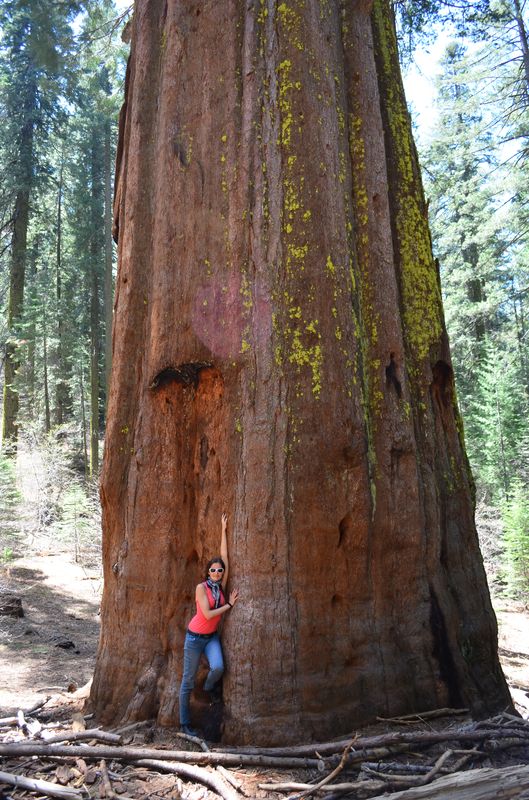
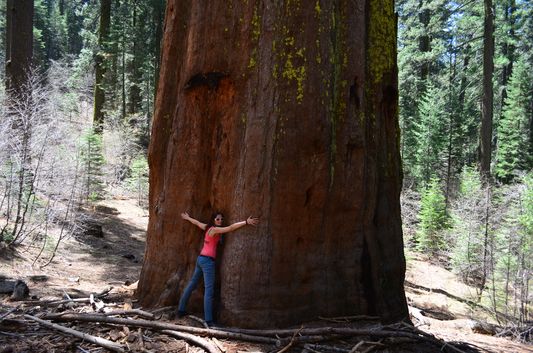
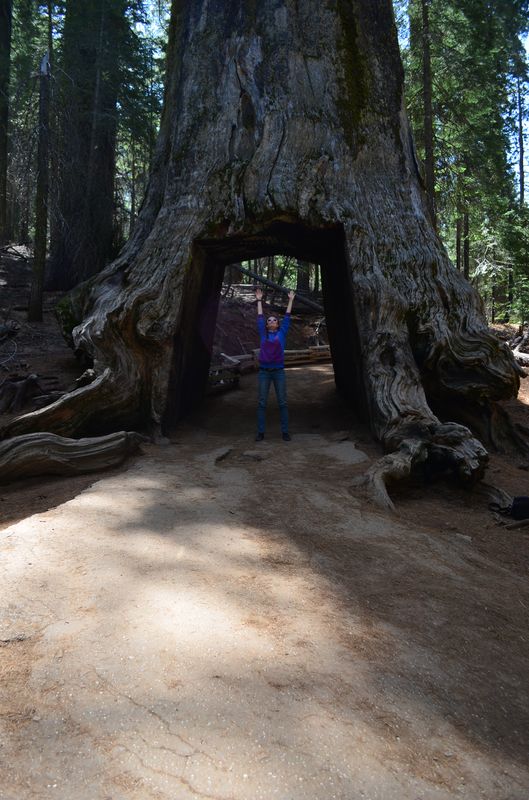
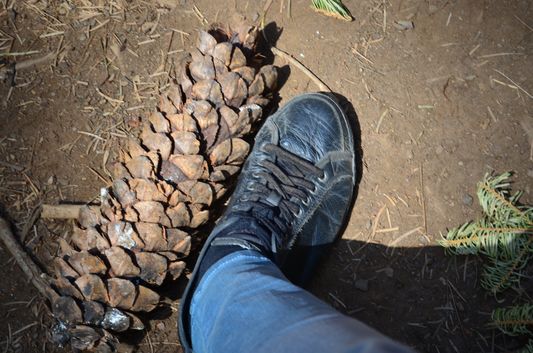

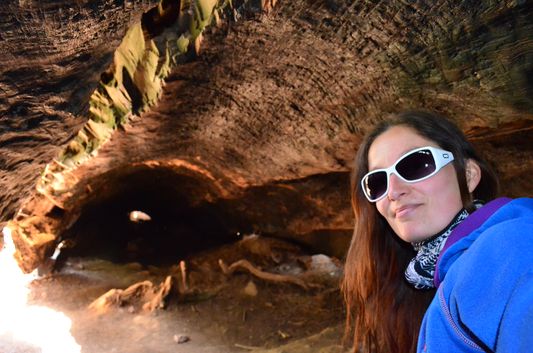
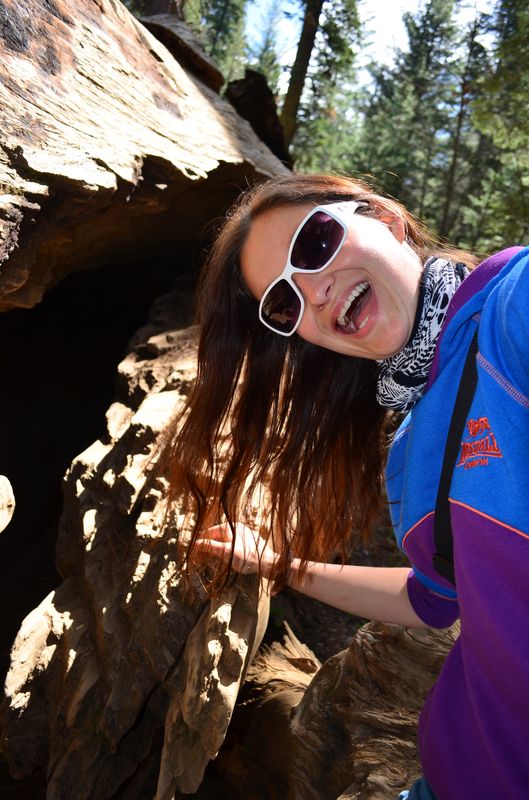
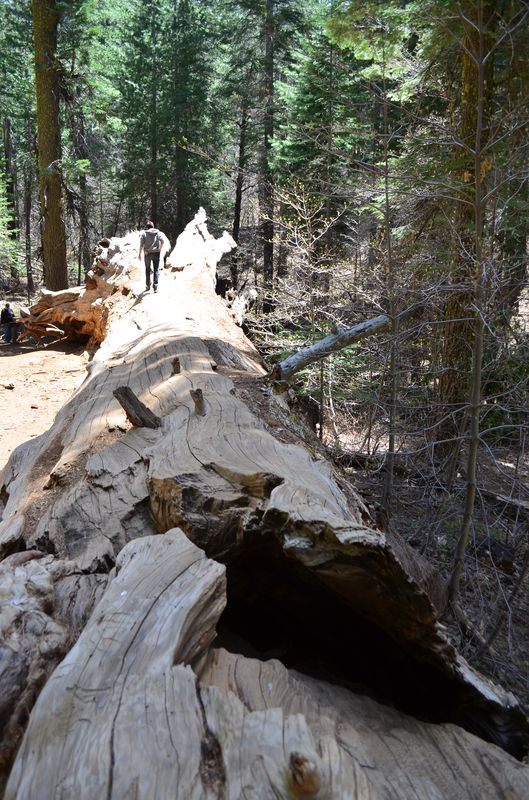
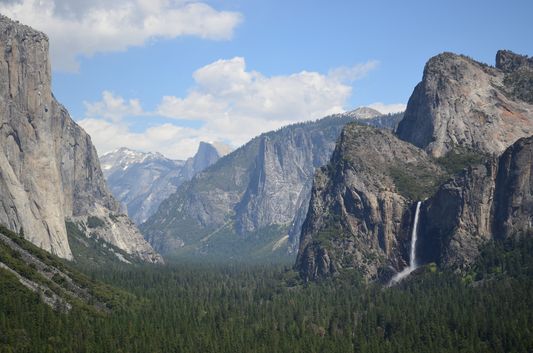
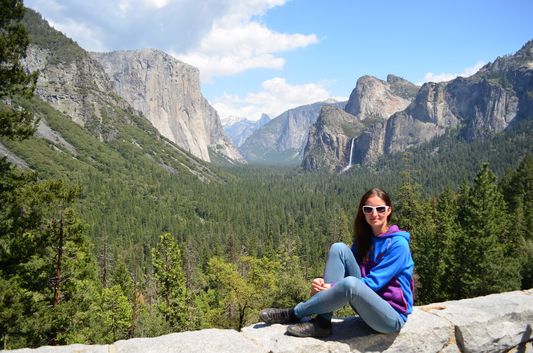
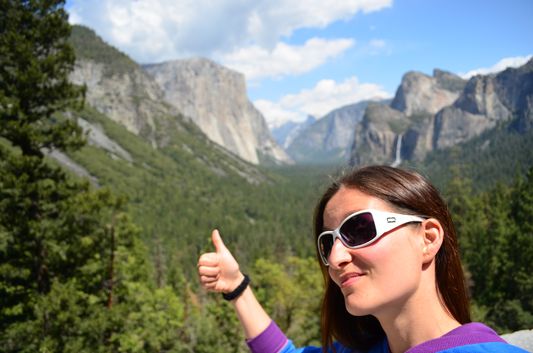
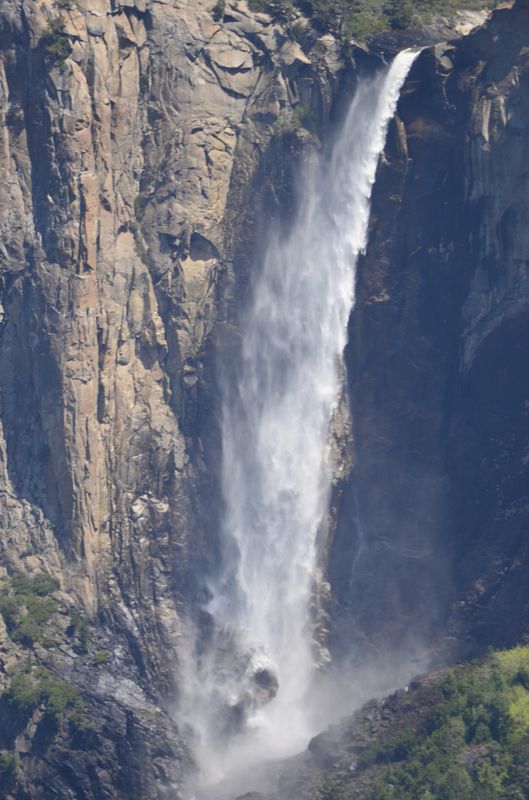
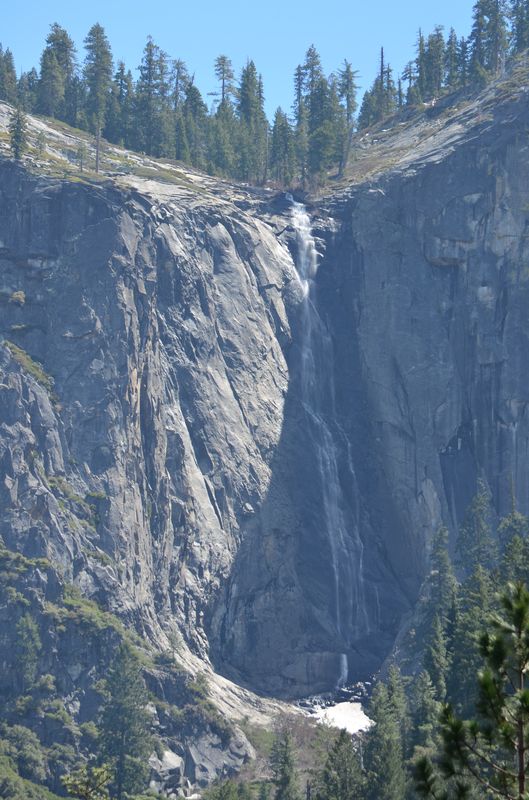
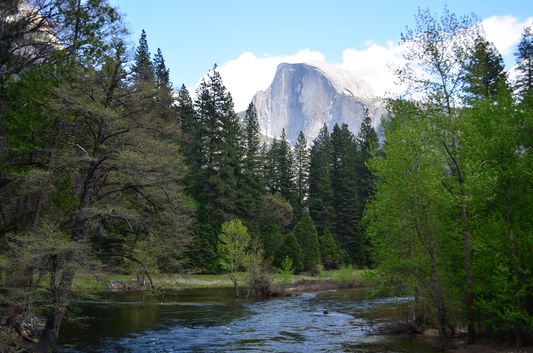
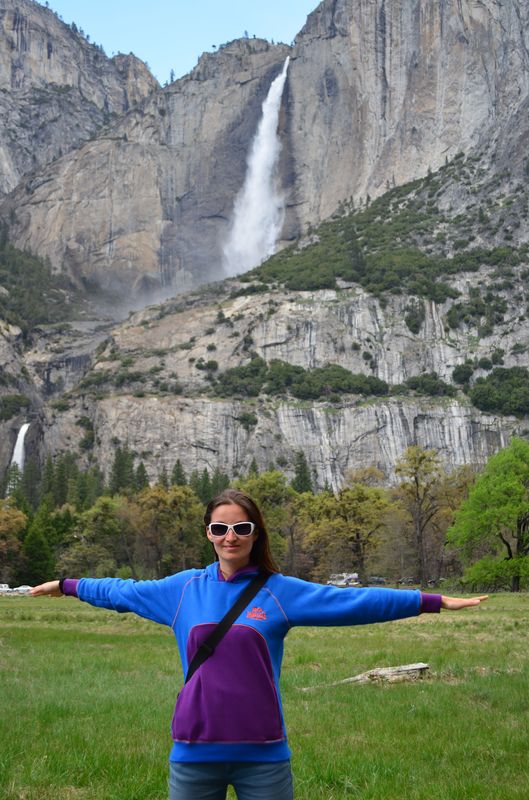
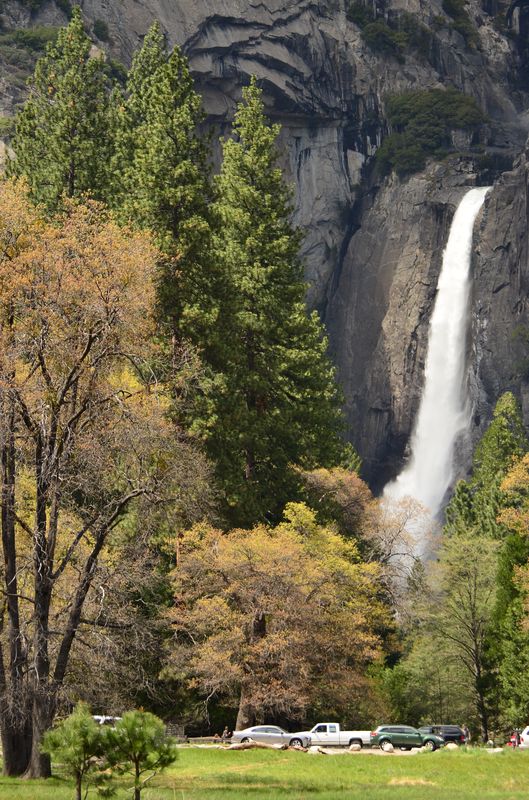
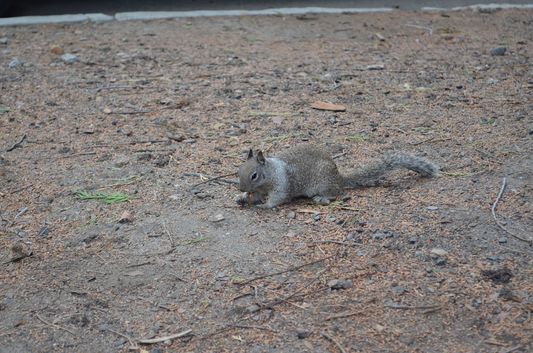
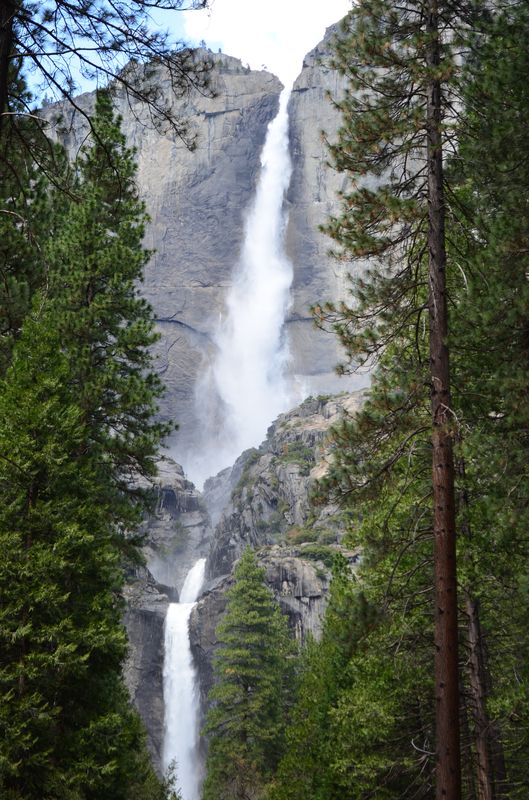
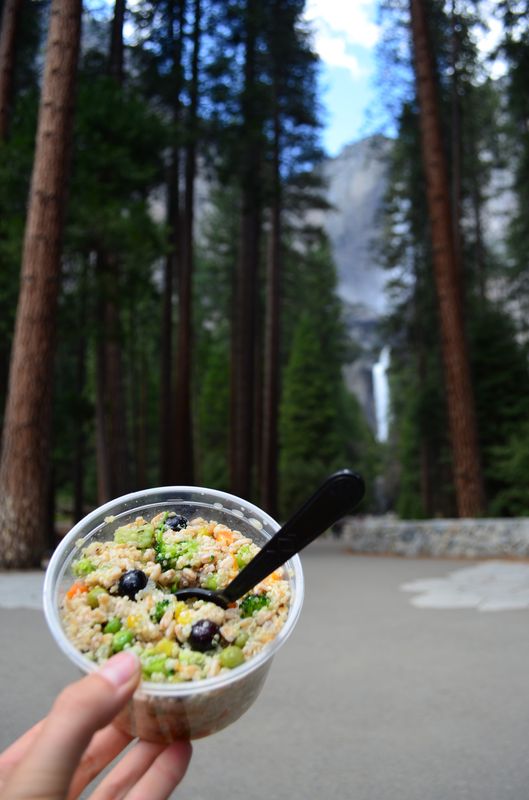
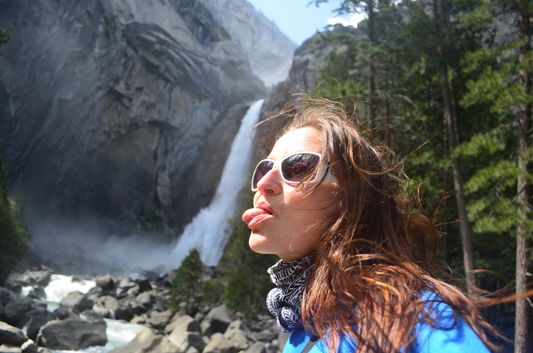
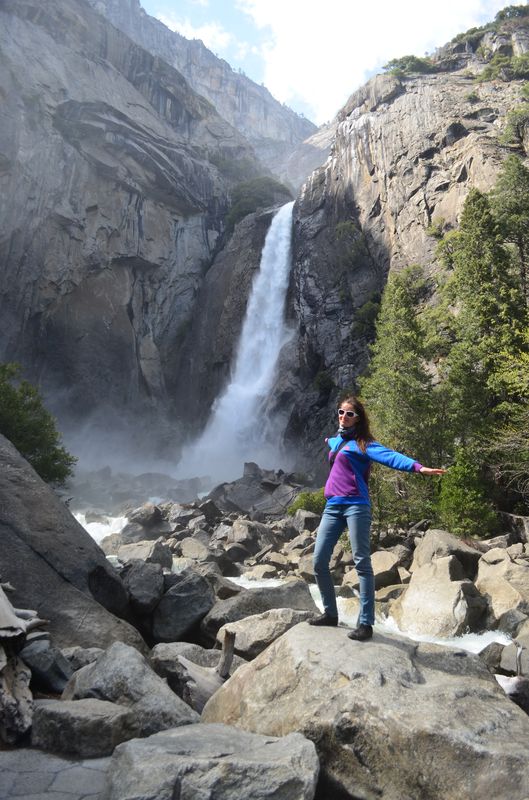
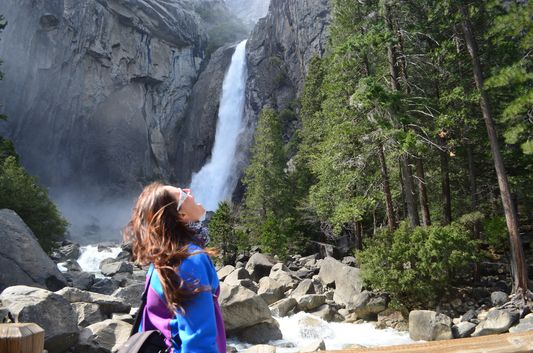
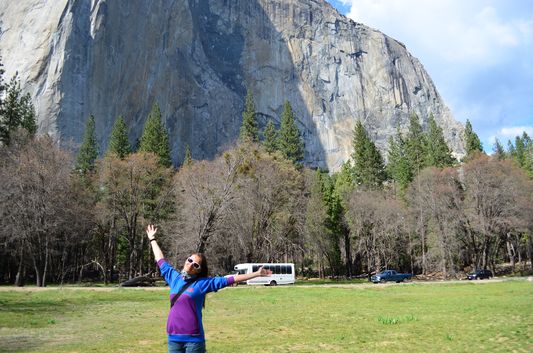
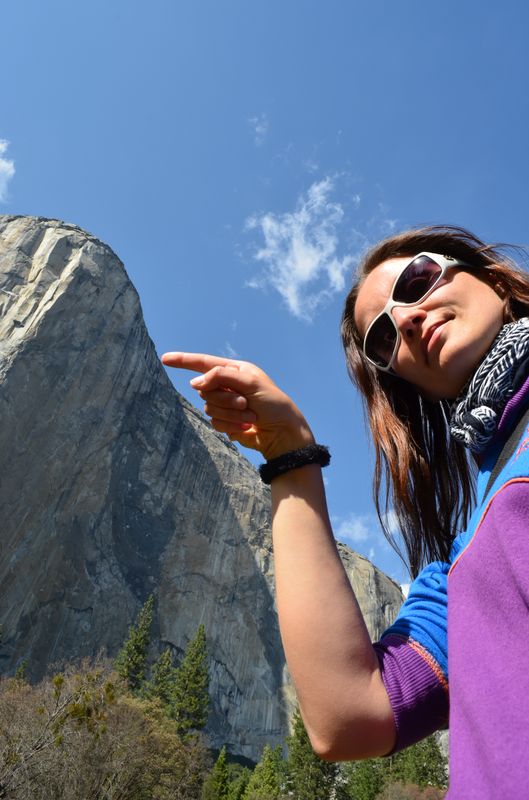
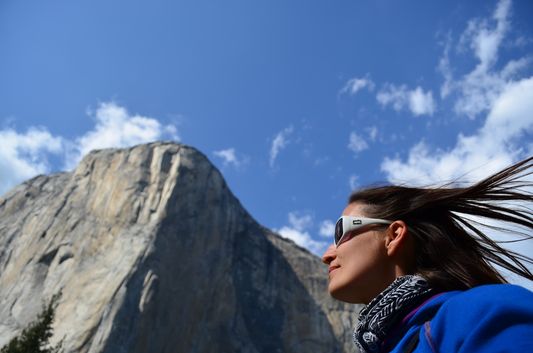
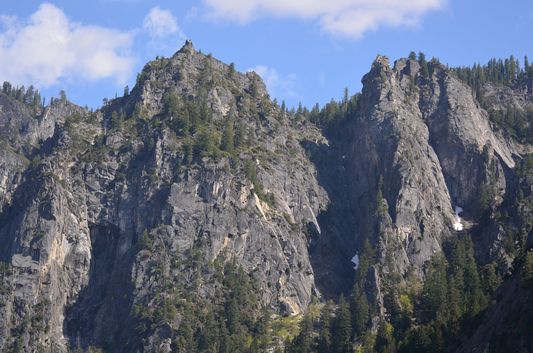
Crazy sexy fun traveler
| #
Comment@ Mike’s Road Trip:
Thanks for the video, Mike! I know, don’t like overcrowded places either but Yosemite is still a must see!
Mike's Road Trip
| #
It’s a pretty extraordinary park, I agree. My only complaint is how busy it can get, however the last time I was there I visited during the shoulder season (late October) and it was pretty fantastic. I put together a little video if you and your readers are interested: https://www.mikesroadtrip.com/yosemite-national-park/
Crazy sexy fun traveler
| #
Comment@ Rodrigo Enriquez:
Thank you for having me :) Yeah, you can take a free tour around Bratislava https://www.befreetours.com/ and also go up to the castle and try traditional halusky and pirohy :)
Rodrigo Enriquez
| #
Hi Alex! Thanks for writing about out tour to Yosemite. I’m the manager at Extranomical and will be visiting Bratislava early July. Any recommendations?
Thanks,
Rodrigo